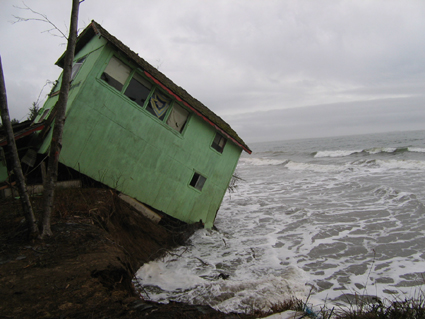
Born in Norway in 1977, Jonas Bendiksen began his photography career as a 19-year-old intern in the London office of Magnum Photos. After a time, he decided to leave office life and travel through Russia to pursue his own work as a photojournalist. In the years he spent there, Bendiksen photographed stories from the fringes of the former Soviet Union, culminating in his 2006 book Satellites. Since leaving Russia, Bendiksen has worked on numerous articles throughout the world, including his ongoing project about the world's slums. His coverage on "Dharavi: Mumbai's Shadow City," is featured in the May 2007 issue of National Geographic. Bendiksen has received numerous awards, including a National Magazine Award for his story "Kibera,'' which was featured in the Paris Review. Other distinctions include a Freedom of Expression Foundation fellowship, second place in the Daily Life Stories category for World Press Photo, the 2003 Infinity Award from the International Center of Photography, and first prize in the Pictures of the Year International competition. In addition to National Geographic and Paris Review, Bendiksen's editorial clients include GEO, Newsweek, Telegraph Magazine, the Sunday Times magazine, and the Rockefeller Foundation. He lives in New York with his wife and son.













